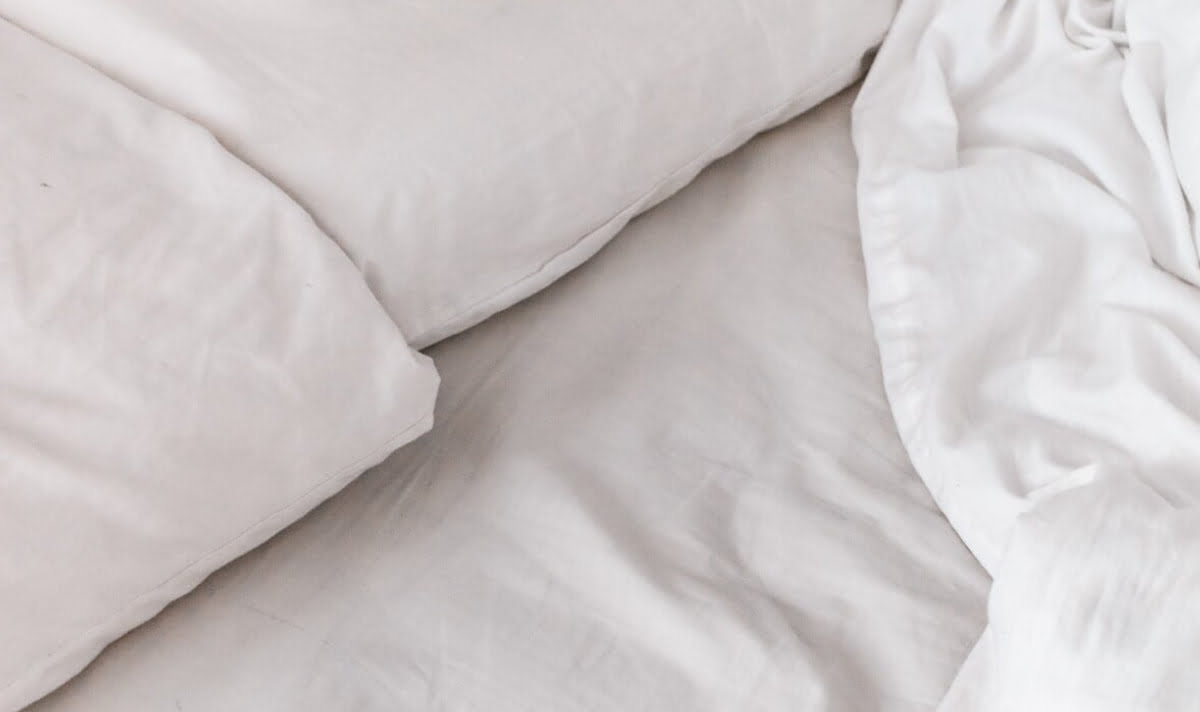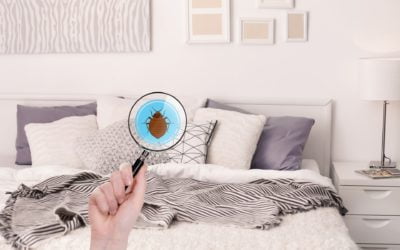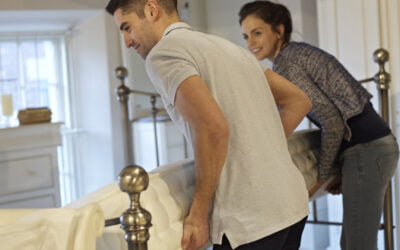In July 2022, research showed UK customer service complaints had hit their highest level on record*, which prompted us to think about one of the most common complaints we hear from bed buyers: settlement – or body impressions – appearing on the surface of the mattress.
On the back of the winter sales period and National Bed Month in March, consumers across the country should be enjoying good quality sleep in their new beds. Some however may notice some settlement has appeared on their mattress in these first few weeks of use, and assume it is a sign the new mattress is failing. In this blog, we look at what mattress settlement is, why it happens and what you can do to minimise body impression marks.
What are body impressions?
Body impressions occur when the mattress fillings ‘mould’ to the user’s body shape, with the areas of most pressure (shoulders and hips) showing the greatest signs of settlement.
Settlement can be particularly evident where mattresses use polyester fibre pads or multiple layers of synthetic fillings to create a ‘high-loft’ appearance. These fillings tend not to recover as well as more luxurious natural materials such as cashmere, mohair, horsehair, silk, wool, cotton etc.
You should expect a mattress with generous layers of comfort fillings to demonstrate body impressions. This indicates it is performing correctly. A misconception amongst some people is that a mattress should look and feel as good as new even after months or years of service – despite it supporting your body for around seven to eight hours every night. But this is simply not the case.
What can affect body impressions and mattress settlement?
The extent to which the mattress shows signs of settlement depends on several factors. This includes the user’s weight, the number of fillings and the type of fillings. It also depends on the firmness of the mattress and whether the mattress is two-sided or single-sided.
Larger mattresses, such as super king-size (180cm wide) and king-size (150cm wide), will show signs of settlement more than a smaller size. This is because a broader area in the centre of the mattress doesn’t get used and the fillings don’t become compacted. This ‘ridge’ in the middle accentuates the sleeping areas on either side of the mattress where the fillings will have settled or compacted during the night.
There is no official industry standard for determining whether the settlement is excessive. This is because there are simply too many variables to consider. Some bed manufacturers, retailers and independent inspection companies use a measuring system based on the type of mattress fillings and the age of the product. However, this really isn’t based on any scientific evidence and should only be used as a broad guideline.
How to minimise body impressions on a new mattress
We recommend that you follow the care instructions supplied with your mattress to prolong its life and minimise the effects of settlement. This includes regular rotating and, if two-sided, flipping over/turning the mattress. However, you should expect your mattress to show some signs of settlement, and remember that it is not necessarily an indication that the bed is failing.
If you want to complain about your mattress, we recommend you first contact the company that sold you the product.






0 Comments